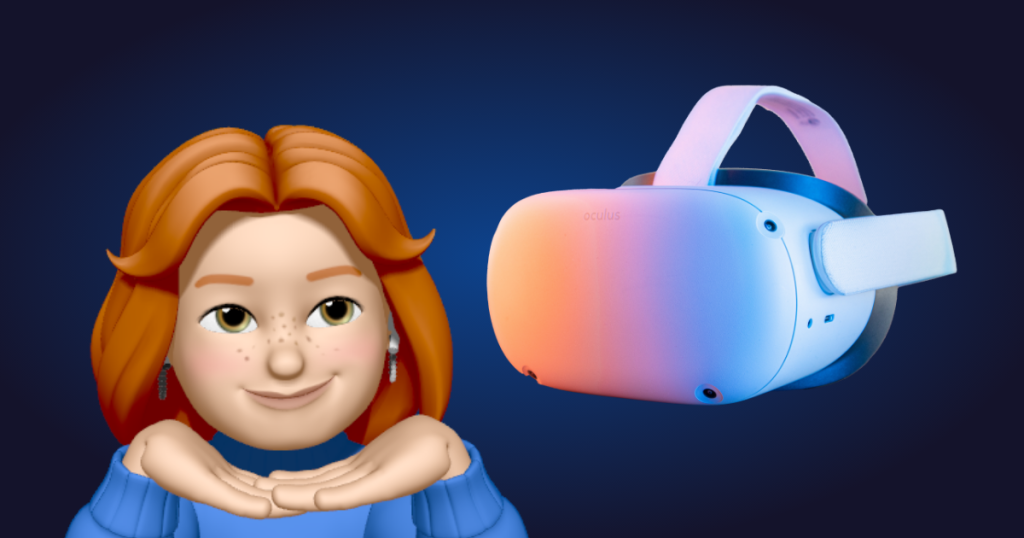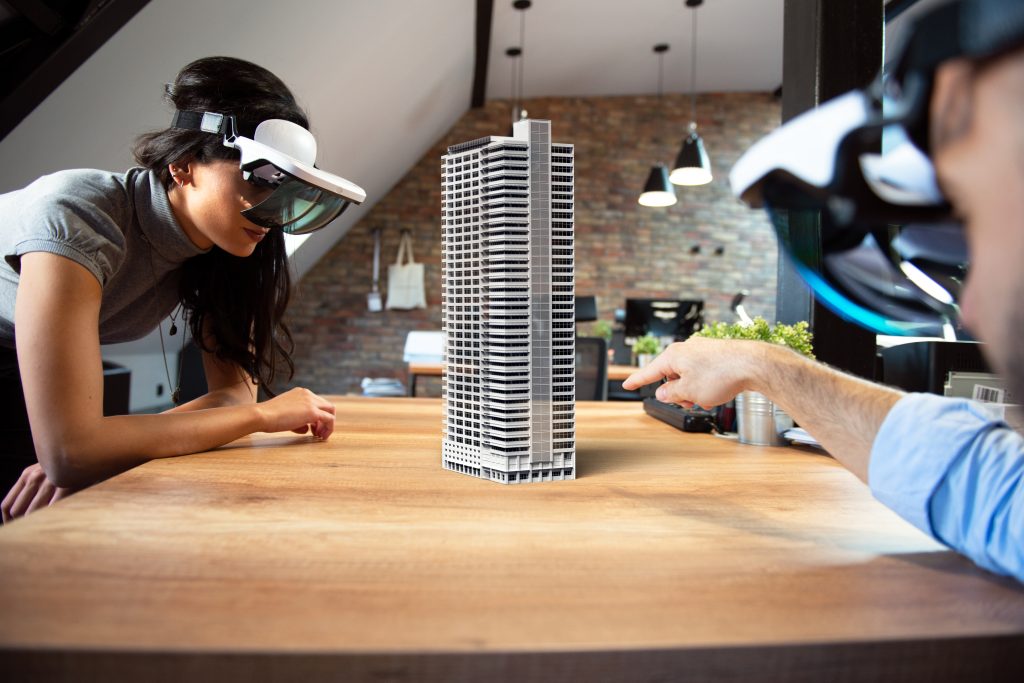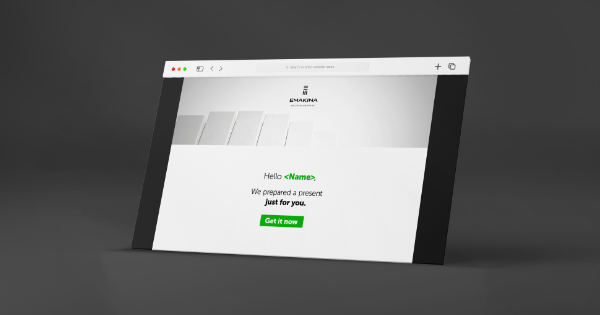How to use UX & Virtual Reality to enrich research?

Virtual reality (VR) is hot news right now, used in a wide range of industries from gaming, education and training to meetings and socialising. Experts predict that digitally extended realities (encompassing virtual reality, augmented reality (AR) and mixed reality) will become the new norm of how we interact with the world around us. In other words, the metaverse is upon us and soon we’ll probably live our lives through VR headsets or by pointing our smartphones at objects around us. In fact, you don’t even need a fancy headset if you have Google Cardboard.
While this might still feel like science fiction to some, the idea of prototyping virtual environments is very attractive to UX researchers. We simply see it as another useful tool to test the context in which a user interacts with a product or service, and certainly one worth exploring.
For context on how to get quality results from VR research, let’s look at some key research principles to bear in mind, tips for creating your prototype and real-life examples to inspire you.
AR vs VR + principles of user research
Anything that introduces a richer experience to the user is something we can get behind, which is why both AR and VR have benefits to explore. Although it can be easy to mix up the two, there are some significant differences to the way these technologies bring together the real and make-believe worlds.
Augmented reality is an experience anyone with a smartphone can access. AR transforms the physical world into a vibrant, visual world by projecting pictures and characters through a phone’s camera or video viewer. In other words, you are still in your real world but what you see is being ‘augmented’ (heightened).
Virtual reality, on the other hand, is a completely computer-generated alternate world where users can look around in 360 degrees and interact with other characters as if they’re in a game. Users wear special gear like headsets and gloves to enable sensory feedback, which enhances user immersion.
Using AR and VR technologies in a research environment can provide many benefits for collecting qualitative data. Firstly, the more users can fully immerse themselves in an environment, the better they can tell you what they really think. This can be somewhat of a ‘truth bomb’ for designers and developers who might be convinced that what they are producing is what users in fact want. In the end, it’s always better to receive clear and direct feedback during prototyping – while you have time to make and rapidly test iterations.
When it comes to analysing qualitative data, VR technology is basically participant observation on steroids. It allows for much greater control of the experimental conditions, resulting in good ecological validity. It gives researchers the chance to venture deep into a user perspective and discover subtle nuances behind their reasoning. When a user can lose themselves in an other-worldly environment, it helps researchers to generate new questions and uncover surprising insights – which can lead to new market opportunities. The right research question gets to the heart of the issues you are trying to solve and zones in on the data that answers your question in detail. In short – you get a lot more with a lot less.
A well-designed VR experience can widen your research scope to include different user groups, such as seniors or people with disabilities. It can also give you a deeper understanding of non-users or people who don’t look/act like your expected users. VR prototypes are highly scalable and, being software, can be accessed by users all over the world. In a post-pandemic world, remote user research is here to stay, and VR easily slots into such a strategy.

How to bring VR into your UX Research
There are endless possibilities to create realistic virtual environments for test subjects to explore. With the fun, interactive and multi-sensory features of VR, researchers can cost-effectively test a product’s user experience. For tech prototypes, you can research interactions and workflows to develop virtual layouts, or judge display or configuration-related details in VR.
Both VR and AR simulations can apply to almost any space, domain or industry. Here are a few examples to whet your appetite:
- Retail: Store layouts can be created in VR first to test and compare what works – a much more cost-effective option than building these in real life. AR apps can be used to create a digital product showcase, helping sales teams to show options to retailers without committing to expensive shelf mock-ups.
- FMCG: HP Indigo used AR to create three mock-ups of cereal boxes to see how users would interact with the different technologies it offers (invisible ink, hidden codes and random placement printing). This gamified AR experience unlocked and guided users through three different challenges – who says user research can’t be great fun?
- Healthcare: AR/VR experts Fuzzy Logic created 3D digital twins of Roche medical diagnostic machines for a sales event. Analytics then tracked user interaction and measured factors like screen time, touchpoints and product preference to look for improvements.
- Customer service: By creating virtual environments, researchers can test complex user experiences and services – for example all the digital touchpoints of a sports stadium or shopping mall.
- Automotive: Via a VR headset, a car buyer can take a look around a new model of car and even take it on a make-belief test drive without fear of an accident or damaging the vehicle. In 2021, Italian racing and road car maker Abarth launched the world’s first VR ‘test drive’ pack to give potential customers the chance to get a driving experience from their sofas.
- Safety training: VR modelling can be used to tackle workplace safety hazards. BMW teamed up with Strivr to train manufacturing employees using Immersive Learning.
- Educational and training environments: In the South African mining industry, VR has been used for years to create authentic 3D simulated images of real-life mining conditions and scenarios. Anglo American, for example, invests heavily in VR and AR training. CAE Healthcare is another example of a company using Microsoft’s Hololens technology to develop simulation-based mixed reality training solutions for the healthcare and medical device industries.
Tips for testing with VR prototypes
There are a few things to bear in mind if you want to start experimenting with VR prototypes:
- Don’t get lost in the details: Focus on testing individual scenarios within a user journey. You don’t have to build a whole seamless VR experience.
- Warm up users to VR first: The last thing you want is for people to be so titillated by the magical experience that they don’t focus on what you want them to review. Ideally, you’ll want users who have some VR experience, or you can run some warm-up exercises to get them used to things.
- Appeal to all the senses: Audio, in particular, is an often-overlooked part of a realistic VR experience. Locational audio can add a feeling of realism that can entice and draw users deeper into the experience.
- Add some company: It can get quite lonely in a virtual environment so you may want to add some other characters or participants for a user to socially interact with.
- Communication is key: Clearly explain to users what you’ll be testing, which behavioural characteristics you’re observing, and if you are recording them and their journey, etc.
Opening your mind to new touchpoints
The metaverse is going to be massive and will only grow in the coming years. For brands to stay ahead of the curve, it’s important to create engaging, meaningful environments infused with storytelling to build trust with their users. When you start exploring beyond existing customer touchpoints that users (and you) are familiar with, you not only see how they will react to it but can even discover new opportunities. With the freedom of avatars, you can imagine new scenarios and situations you would never see in ‘real’ life.
Are you ready to start experimenting with VR in user research? As with any form of testing, you need to carefully consider your approach. Emakina’s Insights team has a wealth of experience in researching the physical, emotional and digital experiences of users, as well as setting up seamless research programmes. Get in touch with them today to chat about your UX research requirements.
Get in touch with Yob Dippel (Head of User & Market Insights at Emakina.NL) today to chat about your UX research requirements.




